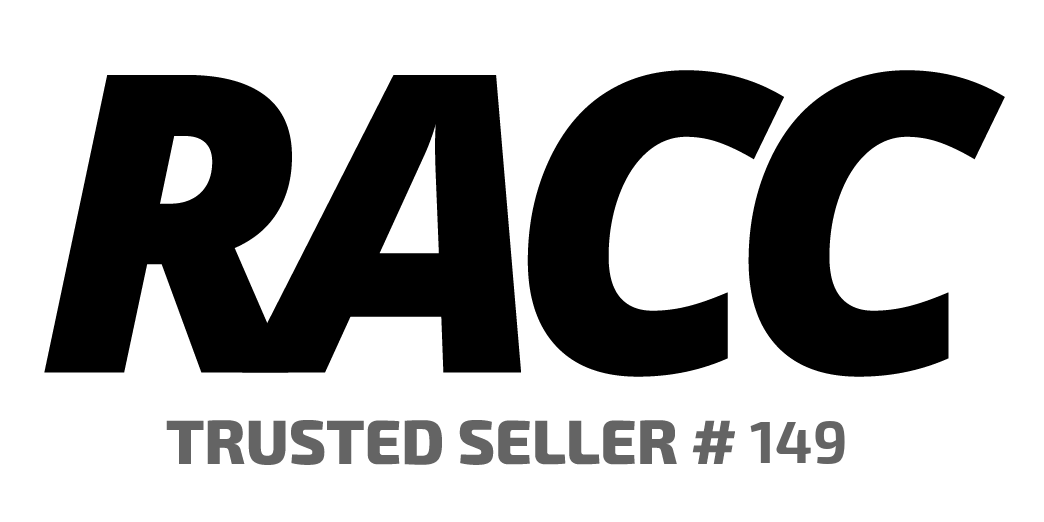40 - 4 BC "Judaea" Original Herod the Great Bronze Prutah Biblical Coin (NGC Encapsulated)
Authentic Ancient Coin
- Lot number 2255381
- Total views 32
- Lot ended2019-03-19 20:00:00
- Total bids 20
- Winning bid $52.50
- Buyer's premium $8.93
- Total $61.42
- DAILY NO RESERVE
Very rare authentic ancient coin (40-4 BC). The coin has been authenticated and encapsulated by (NGC). This coin is referenced in the Bible which is also noted by NGC (Matthew 2:1-20)
Herod I is one of the Bible’s most complex figures. A brilliant politician and the greatest builder in Jewish history, he was also a paranoid madman who ruthlessly executed anyone he deemed a threat to his absolute power, whether legitimate rivals, family members, or innocent babies. Crowned King of the Jews by the Roman Senate, Herod ruled from 40 BC until his disease-
ridden death 36 years later. A prodigious builder, Herod expanded the Second Temple in Jerusalem, of which only the famed Western Wall remains.
When Herod was in his 70s, he was visited by “wise men from the East” who came in search of the Messiah—the King of the Jews. Fearful of a coup, Herod divined from his priests that this Messiah would be born in Bethlehem, as prophesized in Micah 5:2. As a precautionary measure, he ordered the so-called “Massacre of the Innocents,” in which all male children in the Bethlehem area under the age of two were put to death. This was both brutal and unsuccessful, as Mary and Joseph secreted the infant Jesus to Egypt for safety, only returning after Herod’s death.
Several types of bronze prutah coins were minted in Herod’s name. They were all crudely minted in small quantities. Most coins show only partial images of the original design elements. Herod made an effort to portray pagan Roman and Greek themes while at the same time satisfying local traditions. His designs all avoided images of animate objects, thus obeying the second commandment forbidding graven images.
This coin is the most common design, showing a double cornucopia and a central caduceus on one side and an anchor on the other. It is different from the earlier Hasmonean dynasty designs. Absent is the paleo-Hebrew inscription, replaced by Greek. Also, the earlier designs showing a pomegranate located between the cornucopias were replaced on Herod’s coins by a caduceus—a pagan symbol of prosperity.
Due to the uniqueness of each item, please refer to the photos provided in this auction. We offer high resolution images of each item rather than a written description of condition.
This item is being shipped from the Pristine Auction warehouse.



















